Remineralization In Rural Brazil
A research project in Bahia proves remineralization to be an effective adjunct strategy for remote impoverished communities to produce higher yields of quality crops while remaining independent from chemical fertilizers and government subsidies.
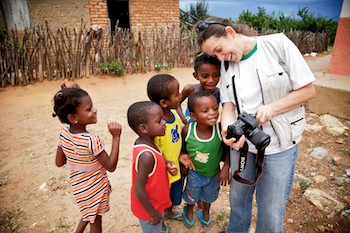 Suzi Huff Theodoro with Quilombo kids |
Leaving Salvador, the tourist capital of Northeastern state of Bahia, we are heading west, deep into rural Brazil, to visit sites of an agroecological research project among the Quilombo communities. Ahead of us are over five hours of Brazilian highway, seemingly endless country roads, beautiful scenery with rolling hills and rocky mountains, an occasional rusty gas station or a small roadside village. Our crew is very small. Suzi Huff Theodoro, PhD in Sustainable Development at the University of Brasília, who, for over fifteen years, has been researching and advocating the use of ground rocks to remineralize the soil, her colleague Kleysson G. Rego, expert in socio-environmental conflict management, and Jean Pierre Tchouankoue, a guest professor from the department of Earth Sciences at the University of Yaounde in Cameroon, and myself, the media coordinator of Remineralize the Earth.
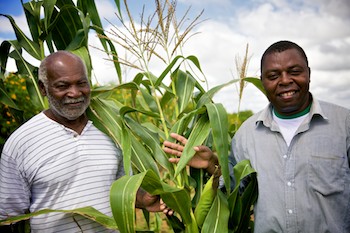
Jean Pierre (on the right) with one of the community leaders |
Jean Pierre is here to learn the practical aspects of an agroecological approach for rural communities with plans to implement them in his home country. He is also very excited to be able to view the results first-hand. “You see,” he sketches a map of the Atlantic ocean in my notebook, “…before Pangaea separated into Africa and South America, Cameroon was situated almost exactly in the same area as the part of Brazil we are in right now. This means the climate is similar, and so are the soils and types of rock.”
As Kleysson is passing the occasional bit of traffic, mostly large transport trucks and the odd old Volkswagen “Beetles” or horse drawn wagons, Suzi is sharing more about the area we are heading to, its people and her project.
200 Years of Isolation
Quilombo communities were originally formed in various regions of colonial Brazil by escaped slaves of African descent. These settlements were often created in remote, inaccessible areas, beyond steep mountain ranges, and remained isolated during the abolition of slavery, sometimes without any contact with the outside world until a few decades ago. Surviving mostly through farming, they had no access to the local market, financial assistance or modern agricultural technologies. Practicing traditional arts and crafts, they preserved their cultural heritage and sometimes their native language. Their deep understanding of the regional natural cycles and resource availability has allowed them to practice sustainable living and preservation of their natural environment.
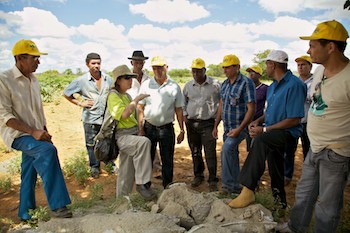
Suzi in the field in a community near Sao Gabriel |
Suzi has chosen these secluded communities for her project to not only help them secure their food supply and income by improving soil fertility while staying away from the conventional model of agriculture, but also to address the issue of racial inequality, a kind of “reparation” for the Brazilian colonial debt to these people of African descent. “We presented the project to the Department of Alleviation of Poverty and Social Inequalities of the government of Bahia, a state with the largest number of Quilombo communities and African Brazilians in the country, and they were interested because the governor was a geologist, just like me, and they financed the project for two years and then renewed it for another year. We chose 10 communities in the state close to an area with rocks that were interesting to use, that had agriculture already established, and that were enterprising and motivated to increase their income.”
Implementation of the project started with a thorough survey, which, in addition to other key findings, established that approximately one-half of 900 families were functionally illiterate. Surprisingly often those with intermediate or higher education got the lowest income, sometimes less than half of the Brazilian minimum wage, US$195 per family per month. For couples who have school age children, receiving the benefits from the federal social security programs in some cases is the only source of income. Despite poverty and lack of opportunity, the majority said they would not like to migrate elsewhere to seek material abundance, as in their communities there is safety, solidarity and guaranteed survival through agriculture. Additionally, the natural environment has been preserved in a very good state in most Quilombo areas.
Rocks for Crops
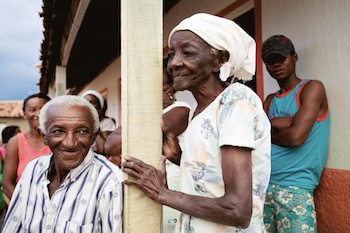
Older residents of the America Dourada community |
Finally turning off the highway and passing the small town of Irece, we follow a long dirt road with deep puddles into a tiny village with just a few colorful sun-bleached dwellings. Locals are dressed very simply; they have that innocent happy look reminding me of a visit I once made to an Amish community in Missouri. “It is totally amazing,” says Jean Pierre, “If I didn’t remember that I’d just flown across the ocean to get here, I would think this village was in Africa. Both people and houses look almost exactly the same as in Cameroon. Only the languages are different!”
We gather at a central building, a community meeting space with a few chairs and the only TV-set in the village, and they show us a recording of a traditional dance. Suzi identifies a man in his seventies wearing an old-fashioned hat and explains that he is the chief and the one to make most agricultural and other decisions in the community. Representatives from the municipal authorities are also there to meet the guests and to discuss the results and future plans of the project. They are helping mostly by sending irrigation equipment and seeds, says Ignizio, a younger farmer who has been responsible for implementing Suzi’s initiatives in this community after having gone through a training process at an organic farm near Brasilia.
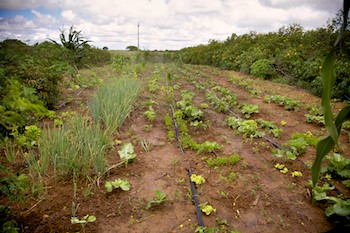
Plot that feeds America Dourada community |
Most parts of Brazil are located in a tropical climate, where soils are strongly weathered and naturally impoverished of plant nutrients. However, this has not prevented this country from becoming one of the largest food producers of the world, albeit by relying mainly on excessive use of agrochemicals, pesticides, herbicides and other conventional agricultural practices which require large areas for production, induce irreversible changes in the ecosystems, contaminate the water supply, further exacerbate soil erosion, cause deforestation and loss of biodiversity. On a socioeconomic level, large-scale conventional agriculture is forcing small farmers out of business and out of rural areas native to them, leading to an increase of urban population. In secluded Quilombo communities, low income and lack of knowledge about modern agricultural techniques has allowed them to preserve traditional sustainable practices and their environment.
Mineral poor acidic soils, irregular rainfall and erosion have been the main agricultural challenges in this region. Fortunately, the ground minerals apatite and K-feldspar, abundant here and mixed with manure, have been proven to help overcome most all of these obstacles. Containing calcium, phosphorus, potassium, manganese, copper, zinc, sulfur, selenium, cobalt, boron, chlorine and other micronutrients, the mineral profile of these rocks help stabilize the PH of the soil, increase its fertility and capacity to hold water. According to Ignizio, with the application of rock dust, the necessity to apply water “has decreased, because the soil is more protected. Now we water, and then we can wait three days before watering again.”
When the meeting is over, a short drive takes us to the community plot. Cassava, corn, and beans are the main food crops here. Castor plants are grown for fuel. Also there are papaya and other fruit trees, greens and vegetables. A member of the community mixes rock dust from the region, cow manure and sometimes castor husk or compost and applies the mix to the soil where Suzi is planting cilantro. These affordable local ingredients form a so-called “independent fertilizer” that helps to remineralize the soil, increase yields and improve food quality at only a fraction of the cost of conventional chemical fertilizers. This strategy allows them to produce enough food not only to meet the needs of the community, but also to have surplus for sale at the markets.
Overcoming Challenges

Suzi with the local team creating “independent fertilizer” |
However, in other regions, great results did not always lead to eager participation. “The project was developing for 3 years,” Suzi says, “and in some communities we did not manage to achieve even the first step, producing yields. They saw the results and said: ‘We can see the difference in the plants,’ but they didn’t manage to overcome neglect and start producing.” Among 10 communities Suzi’s team worked with, it was the poorest region with severe water shortages throughout part of the year that was the most enterprising and interested in the project.
“Then we approached the Brazilian government in the Ministry of Science and Technology and shared our results with them. And they said: ‘We will finance your research, but we want you to create a kind of a local productive arrangement, an agroecological cluster.’ We thought we would be able to do this because the soil there was sufficiently fertile, we already had someone to supply the ground rock, and the farmers wanted to participate. We even brought some of those Quilombo farmers for training to an organic farm in Brasília. We also hired an expert to design the areas. The project still keeps going. The farmers are very interested, even in those periods of severe water shortage when they don’t have water even for human consumption; they try to find ways to preserve the area where the tests with use of rocks are being done.”
“[Exploring] various strategies, the farmer ends up teaching us that the use of organic residue can be improved with stonemeal technology. It is a project in which they learn but we learn with them as well. It has been great. I think at the end of the project it will not matter whether we succeed at creating that cluster, which requires a much bigger economic dynamics, but we did get to change lives of some people, of some communities. They stopped following the conventional agriculture process and they believed that the agroecological agriculture is a possible way for them, and it will allow them to improve their social and economical situation.”
Analyzing Results
Not only human lives, but also the fertility of the soils was positively affected. After one year since application, analysis showed an increase in PH in 8 of 10 test sites. Concentration of most nutrients in the soil was also higher, especially phosphorus. Aside from low cost, the strategy of applying ground rocks is feasible for farmers also because of the long lasting nutrient availability. Plants absorb nutrients as needed, and they are not washed away from the fields, as is the case with chemical salts used in conventional fertilizers, which allows rock dust to be applied only once in four to five years. Farmers involved in the research also mentioned that the increase in yields was beyond expectation, but the improved ability of remineralized soil to hold moisture even during drought was the most exciting to them.
On average, crop productivity in the plots where rock powder and manure were added increased between 10 and 30% when compared to control plots and previous crops. As expected, because of a significant increase of phosphorus, maize had the best performance in all areas. In general, plants became more vigorous, better rooted, with more biomass and better developed maize cobs.
Over the next two days, we visited three other communities in the same area and were invited for lunch into the home of one of the elders. Seeing community members gather and cook together out of local organic and nutrient-dense ingredients, tell each other stories and jokes, and then bring out a feast of local dishes, amazing in their taste and simplicity, I find it hard to believe that these people are considered poor by any means. Their income might be low, but their quality of life is something few modern city dwellers could afford.
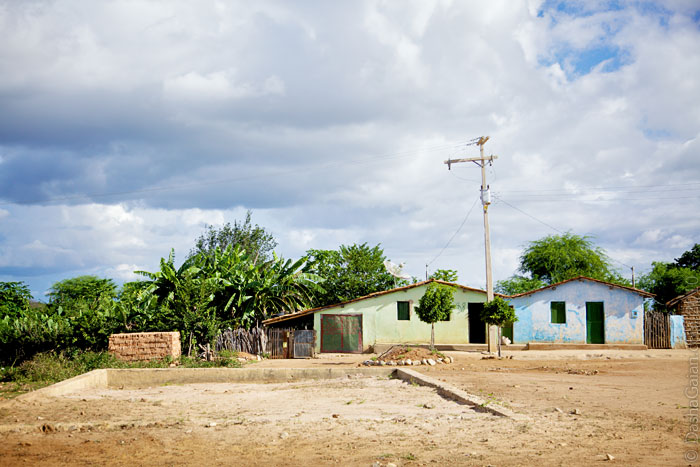
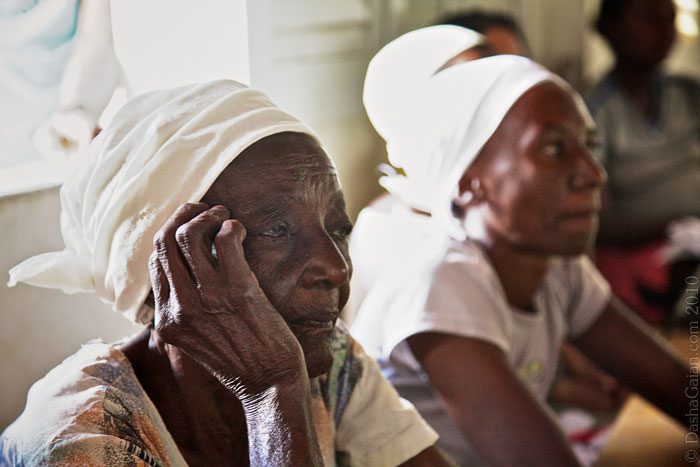
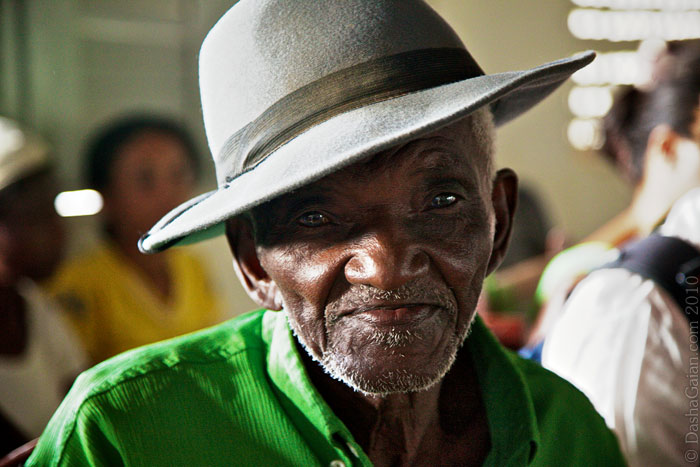
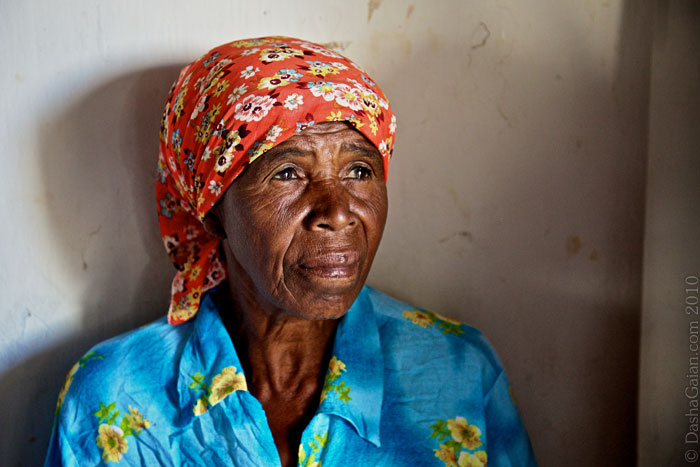
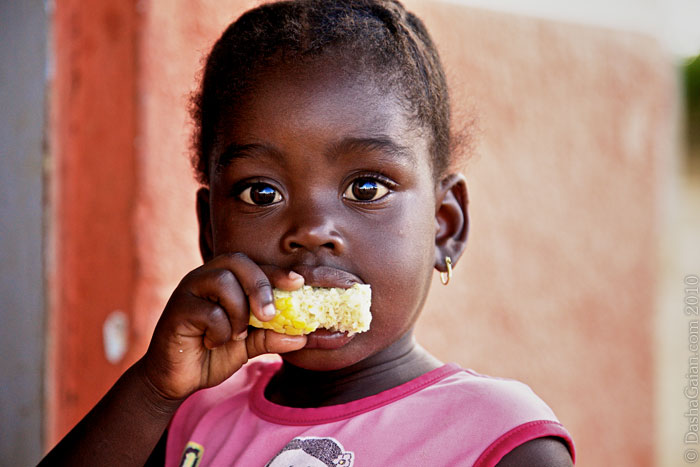
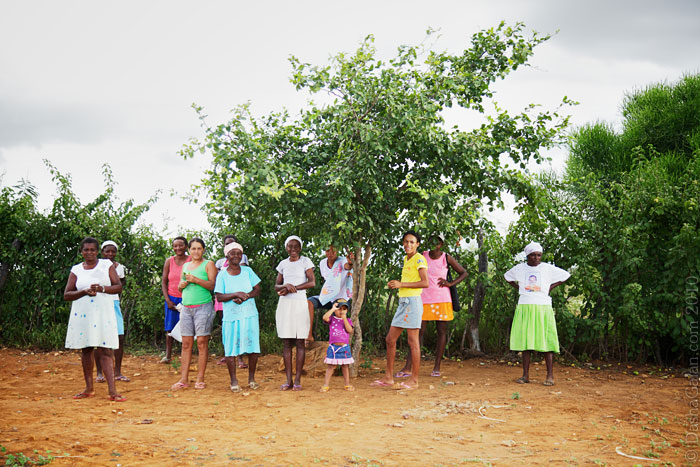
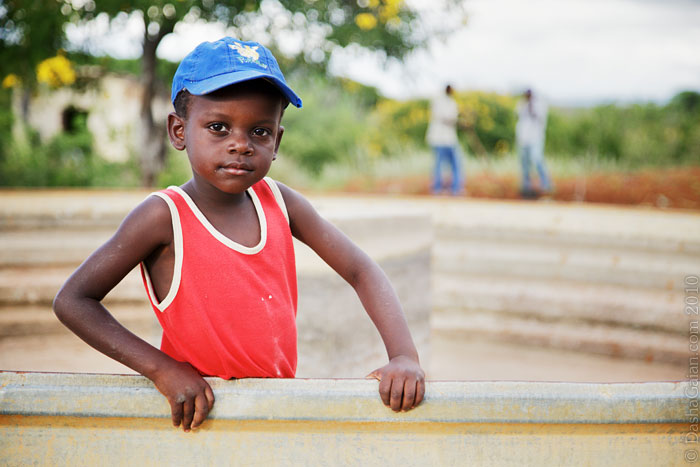
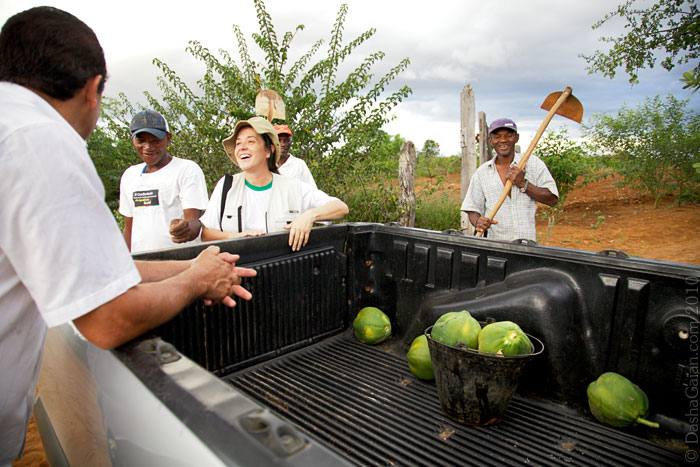
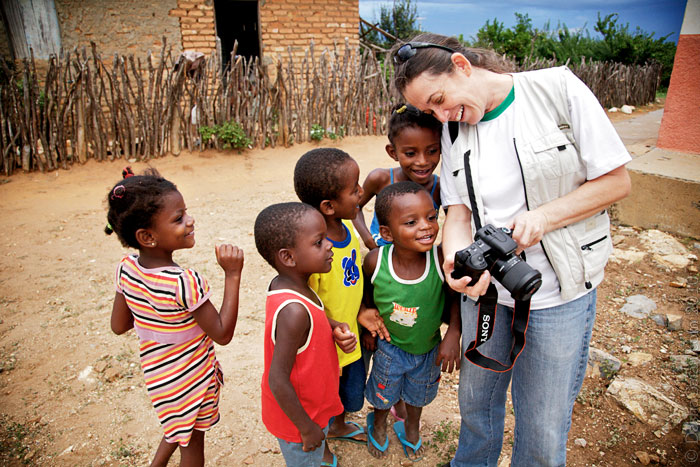
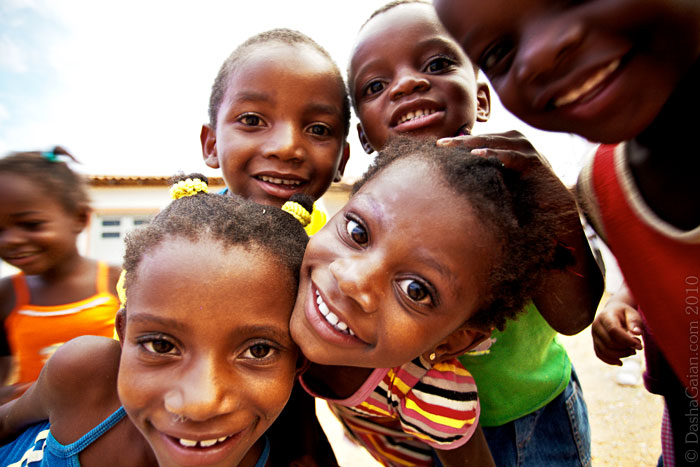
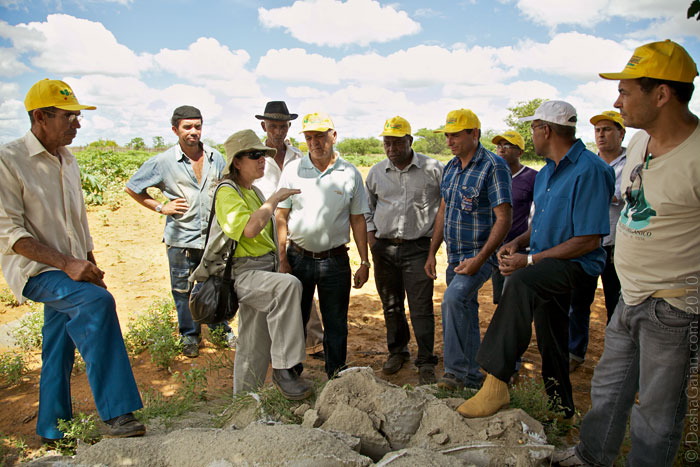
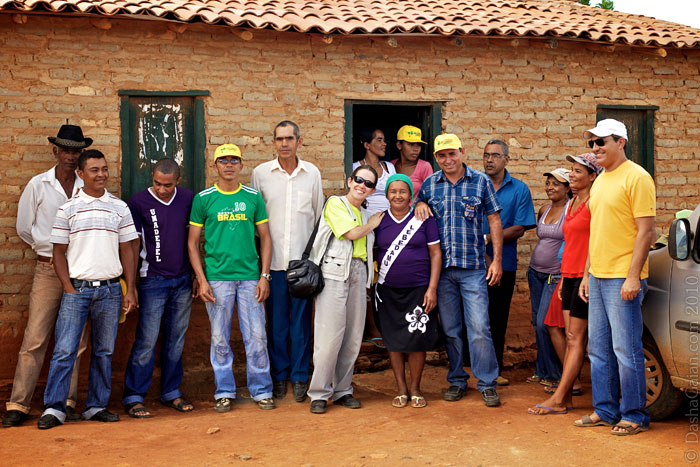
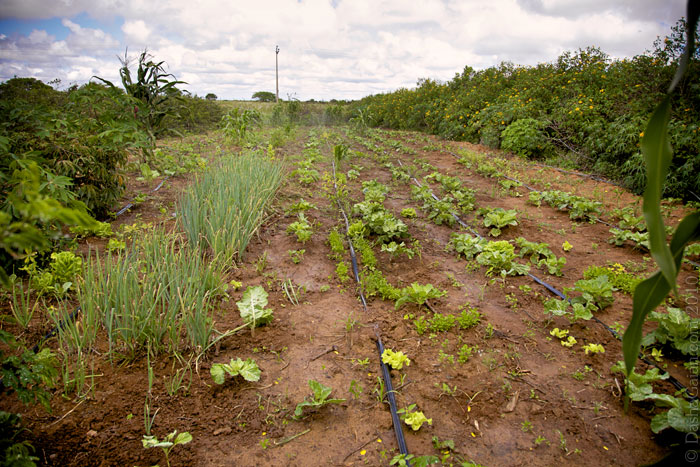
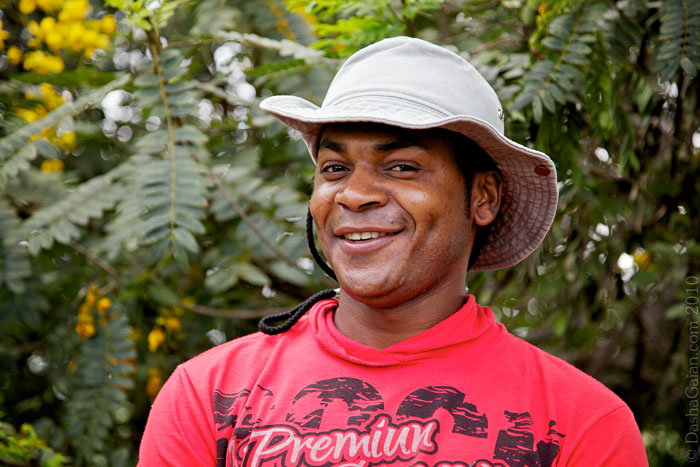
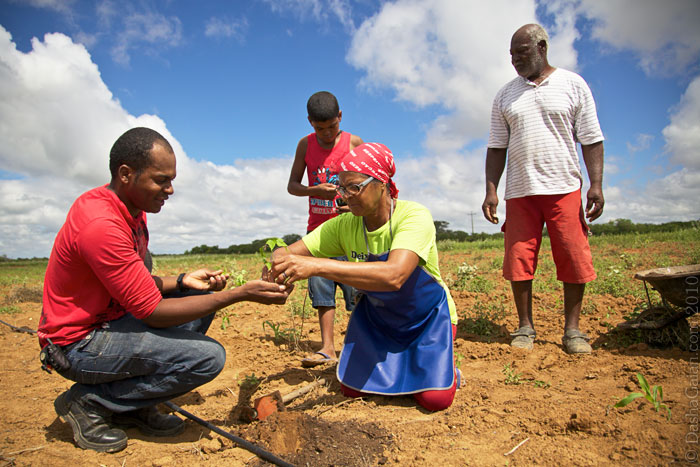
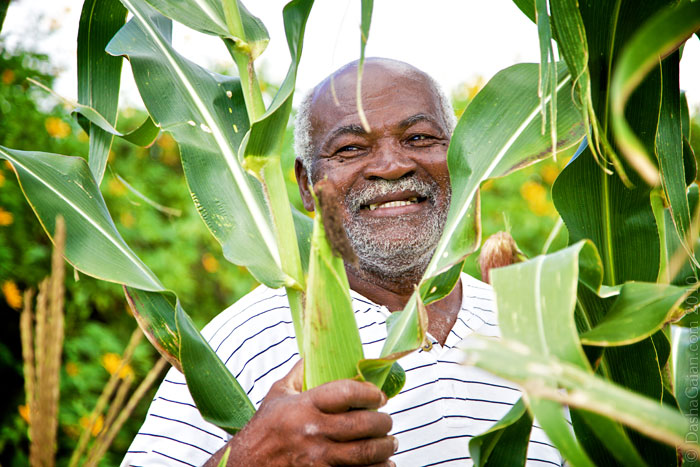
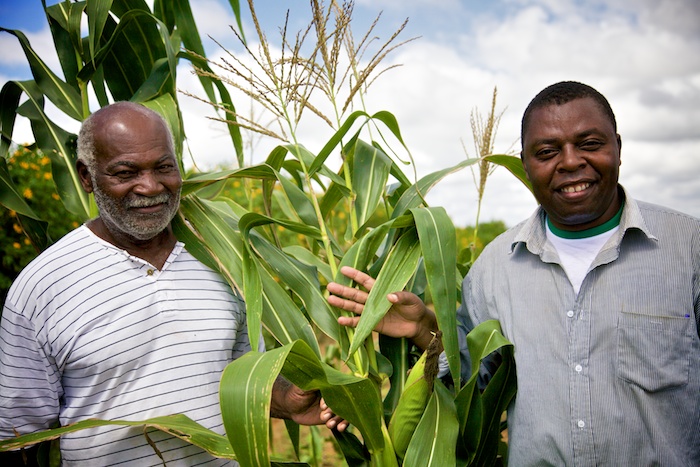
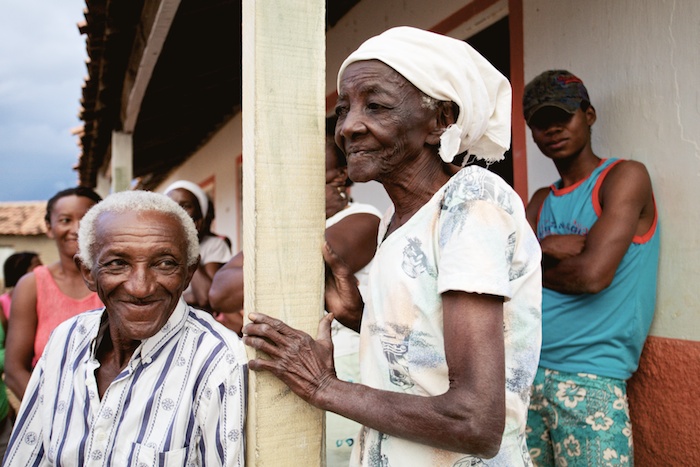
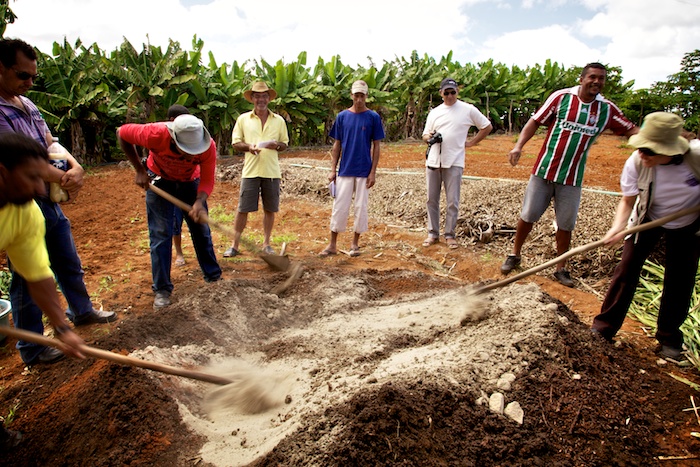
Support us on Patreon
Thank you for joining us today! Please become a member of RTE and support us on Patreon. Unlike many larger organizations, we work with a team of determined and passionate volunteers to get our message out. We aim to continue to increase the awareness of remineralization to initiate projects across the globe that remineralize soils, grow nutrient dense food, regenerate our forests’ and stabilize the climate – with your help! If you can, please support us on a monthly basis from just $2, rest assured that you are making a big impact every single month in support of our mission. Thank you!

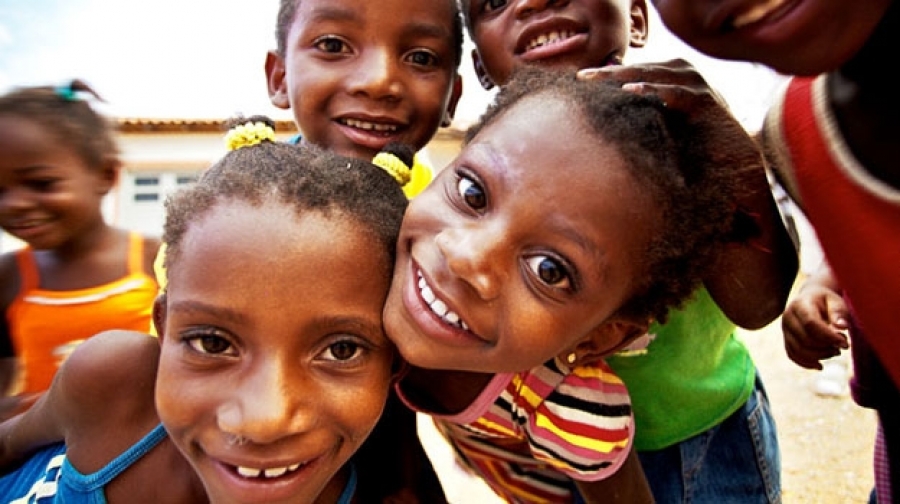






Zephyrin
November 9, 2015 (9:39 pm)
A very interesting experience. We intend to begin similar move in Congo-Kinshasa, using basalt and phosphate rock powder.
Joanna Campe
February 20, 2017 (9:31 pm)
Please let me know about your results! You can email me through the website.